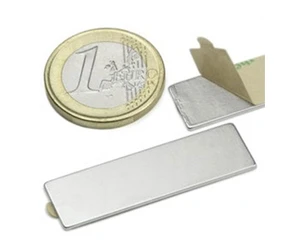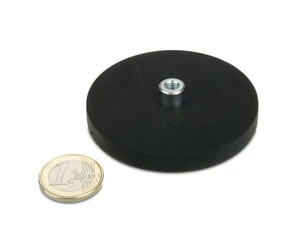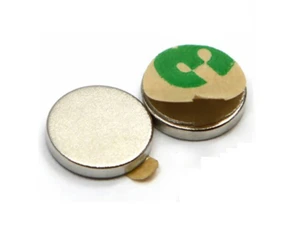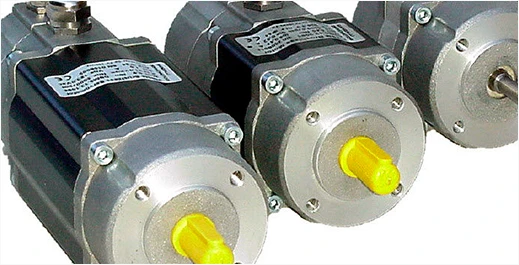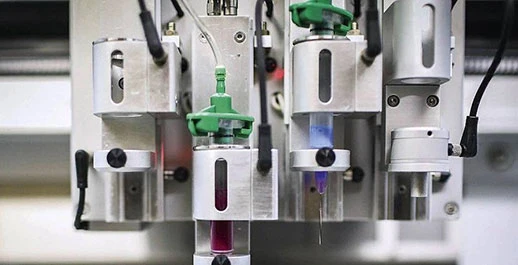The core component responsible for making sound in audio equipment is the speaker, commonly known as a speaker. This key component is indispensable for both audio and headphones. The loudspeaker is an energy conversion device that converts electrical signals into acoustic signals. The performance of the loudspeaker has a great impact on sound quality, and the magnet in the loudspeaker determines its performance to a great extent.
When the magnet volume and voice coil are the same, the magnet performance has a direct impact on the sound quality of the horn:
The greater the magnetic flux density (magnetic induction intensity) B of the magnet, the stronger the thrust acting on the sound film.
The greater the magnetic flux density (magnetic induction intensity) B, the greater the power and the higher the sensitivity of the speaker.
Earphone sensitivity refers to the sound pressure level that the earphone can emit when a sine wave of 1MW and 1kHz is input into the earphone. The unit of sound pressure in dB (decibel). The higher the sound pressure, the greater the volume, so the higher the sensitivity, the smaller the impedance, and the easier it is for the headset to make a sound.
The greater the magnetic flux density (magnetic induction intensity) B, the lower the total quality factor Q of the horn. Q value (quality factor) refers to a set of parameters of horn damping coefficient.
The greater the magnetic flux density (magnetic induction intensity) B, the better the transient.
Transient can be understood as a "fast response" to the signal. Headphones with a good transient response should respond immediately as soon as the signal comes, and stop suddenly as soon as the signal stops. It is never muddy. The transition from lead to the ensemble is most obvious in drum music and symphonies with large scenes.

